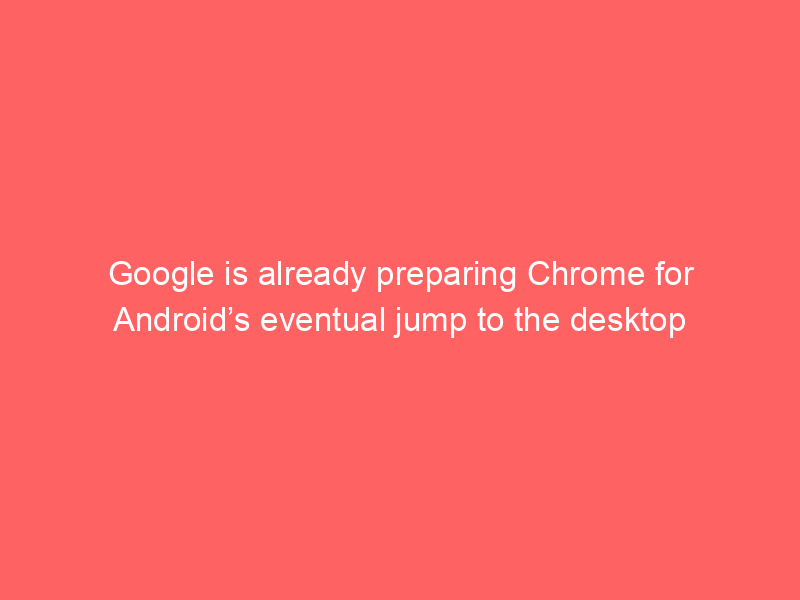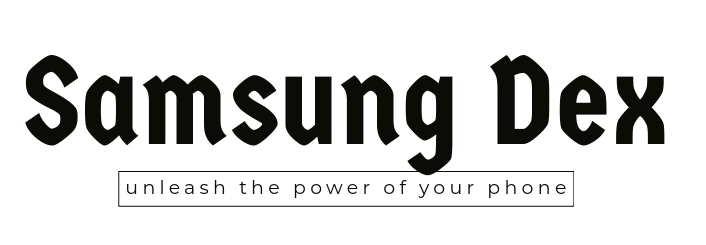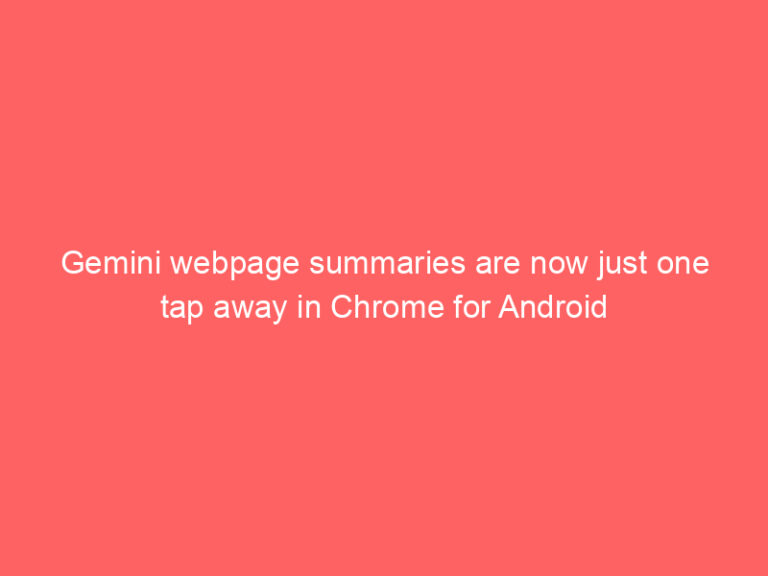
Chrome’s Android Adventure: What to Expect
The tech world buzzes with excitement and speculation regarding Google’s future plans for Chrome. As the Android operating system prepares for its migration to the desktop, Chrome’s transition from mobile to desktop devices becomes increasingly likely.
A Seamless Transition:
The news isn’t just about Google’s ambitions to expand into the desktop market. It’s about ensuring a smooth and seamless experience for users. Reports suggest that Google is actively working on enabling Chrome’s features and functionalities to run seamlessly on desktop platforms. This includes the ability to access and manipulate files, browse the web, and interact with other applications as if they were a native desktop browser.
The Growing Ecosystem:
The introduction of Chrome on the desktop opens up a plethora of possibilities for the future of web browsing. Users will have access to a wider range of websites and apps, potentially surpassing the current limitations of mobile browsers. This could lead to a richer and more diverse online experience, especially for content creators and businesses.
But What About Mobile Users?
While Chrome’s desktop ambitions are exciting, it’s important to acknowledge that mobile users won’t be left behind. Google has already confirmed that Chrome will continue to operate on Android devices, offering mobile-specific features and functionalities.
The Future is Now:
The news is a clear indication that Google is taking the leap into the desktop browser market. This move signifies a significant shift in the tech landscape, where mobile and desktop browsers are merging to create a unified and powerful web browsing experience. While the transition may face challenges and require significant resources, the potential benefits for users are undeniable.
Stay Tuned for More Updates:
As the tech world keeps a close eye on this evolving landscape, we can expect more updates and announcements regarding Google’s plans for Chrome on the desktop. Stay tuned to our blog for the latest developments and how this momentous shift impacts the future of web browsing.







